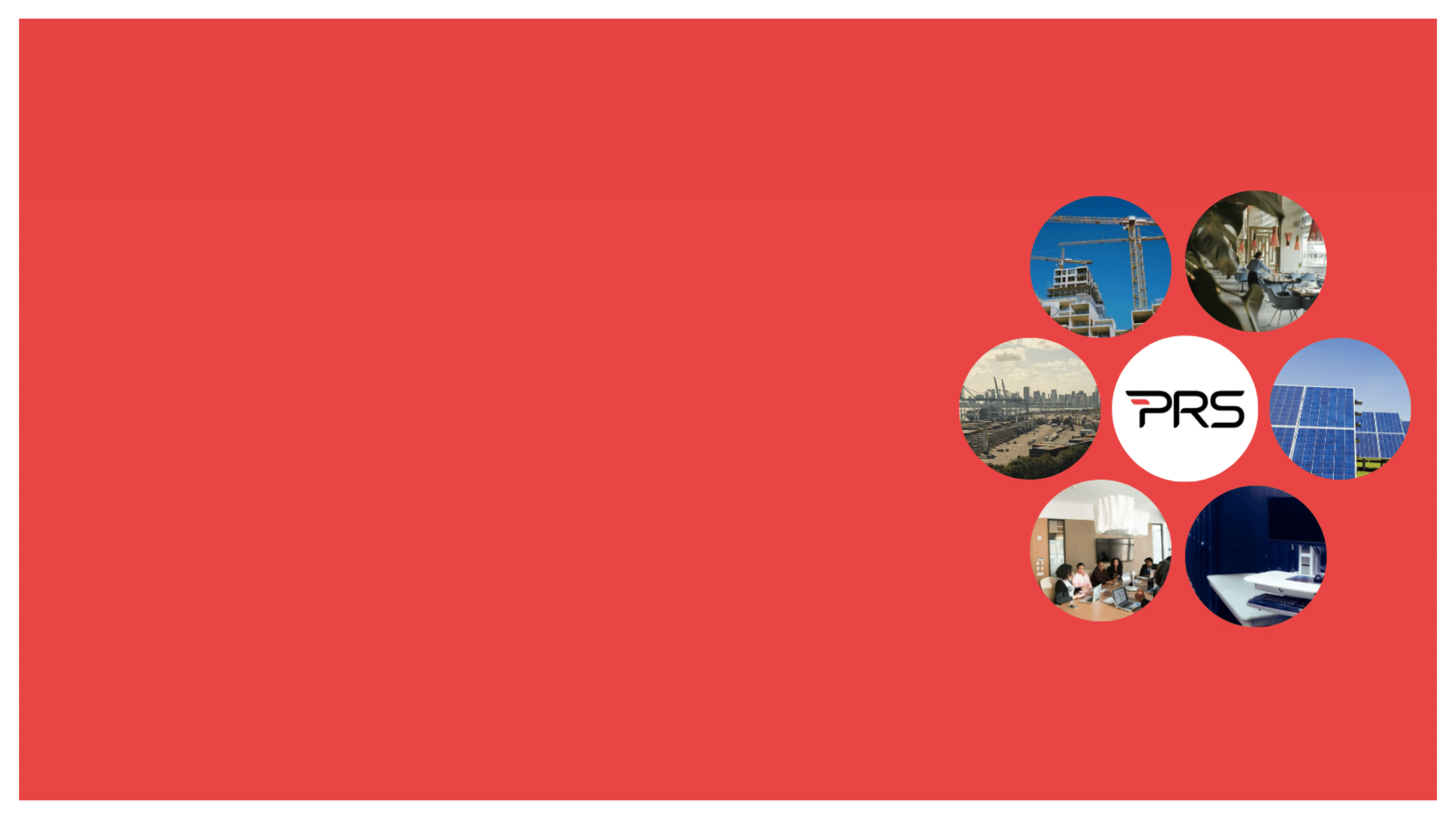Green buildings and sustainability in US construction

Sustainability in the construction industry is not a new thing. In fact, the term sustainable development wasn’t coined until the Brundtland report of 1987. Despite this, only in recent years, with a more refined focus on the impact we, as humans, are having on the planet, has sustainability been front and center.
It’s an important topic that is discussed worldwide. If we, as a global community, continue to pump out the same level of emissions that we are now (emissions that cause climate change), temperatures will continue to rise to levels that threaten the lives and livelihoods of people across the entire planet.
The global buildings and construction sector accounts for 36% of energy usage and 40% of cO2 emissions. In recent years, there has been a decline in these figures, with some arguing that this is down to the Covid-19 pandemic; but the importance to remain on track to meet net-zero carbon goals is still pertinent.
Change is required. Some of the reasons sustainability is so important in construction are:
-
The re-use of natural resources used
Buildings are constructed using natural resources that are usually thrown out when they are no longer useful (like when remodeling a building). The trouble is that this process can deplete natural resources at a rapid rate to substantially impact the overall environment. -
Reducing the amount of energy used
Building sites take a lot of energy to run, with heavy machinery often using fossil fuels to do so. Shifting to electrically powered equipment and improving the overall energy efficiency of the construction site could be a way of reducing negative carbon impact. -
Designing buildings with re-purposing in mind
When buildings are designed to be reused rather than demolished, we can reduce the amount of waste going to landfills and reduce the overall consumption of raw materials.
The importance of LEED
The desire for blending our buildings more harmoniously with nature brought about the formation of a number of new certifications, such as LEED; which stands for Development of the Leadership in Energy and Environmental Design. The program began in 1993, spearheaded by Natural Resources Defense Council (NRDC) senior scientist Robert K. Watson and supported by the U.S. Green Building Council (USGBC).
LEED provides a framework for healthy, highly efficient, and cost-saving green buildings; and is a certification that is a globally recognized symbol of sustainability achievement and leadership. It uses a point-scoring system for certification of a building or construction; with projects gaining points according to how well they comply with the requirements of the LEED standard.
Last year, in Austin, Texas, the Mueller neighborhood project was one of the first to achieve LEED for Neighborhood Development (LEED ND) certification. After riding out the recession in 2009, the Mueller team persisted, eventually achieving LEED ND certification and becoming the largest Stage 3 LEED ND pilot project with Gold certification in the world.
LEED certification is so important to the construction industry because of its contribution to wider sustainability goals. It helps establish confidence and trust with third-party validation of environmentally responsible construction practices. Buildings that meet or exceed LEED requirements cost less to maintain and produce less waste, with features that improve indoor air quality and natural lighting attracting tenants.
Looking to the future
Greener buildings are created to be as friendly to the natural environment as possible. This involves using natural, durable building materials, constructed using sustainable building methods. Green construction brings huge economic, social and environmental benefits; and green buildings can even contribute positively to their environments.
The global green buildings market is anticipated to grow at a healthy 14.3% CAGR in the forecast period (2020- 2027). Factors that are driving growth in this area include supportive government policies, sustainable certifications such as LEED and rising consumer awareness about the benefits of living in such buildings (such as low operating and maintenance costs).
With net-zero carbon goals targeted for 2050, sustainable practices and the necessity for greener buildings is not going anywhere. Organizations across the construction industry are having to level up their sustainability practices and those employed in the industry are upskilling as the industry veers more in a greener direction.
Looking for construction talent?
Our specialist recruitment team operates across North America and is ready to connect you with a wide range of construction and FM professionals at all skill and experience levels. For a confidential chat about your talent needs, contact PRS USA on (281) 849 9144, or email chris.mccay@prsjobs.com.
Share Article
Related Articles

Facilities Management Recruitment: Where Are the Best Jobs Right Now?
Facilities Management Recruitment: Where Are The Best Jobs Right Now? Facilities management has always been a crucial part of keeping businesses running smoothly, and now, more than ever, the sector is buzzing with opportunity. Whether you’re a seasoned facilities manager or just getting started, there’s a huge demand for talent across the UK. So, where…

Top Interview Questions for Hiring Facilities Management Professionals
When recruiting facilities management professionals, asking the right interview questions is crucial for identifying candidates with the technical skills, leadership qualities and problem-solving abilities necessary for success. As recruitment specialists with extensive experience in the facilities management sector, we understand the unique challenges you face when building your team. Key Interview Questions to Ask Facilities…
